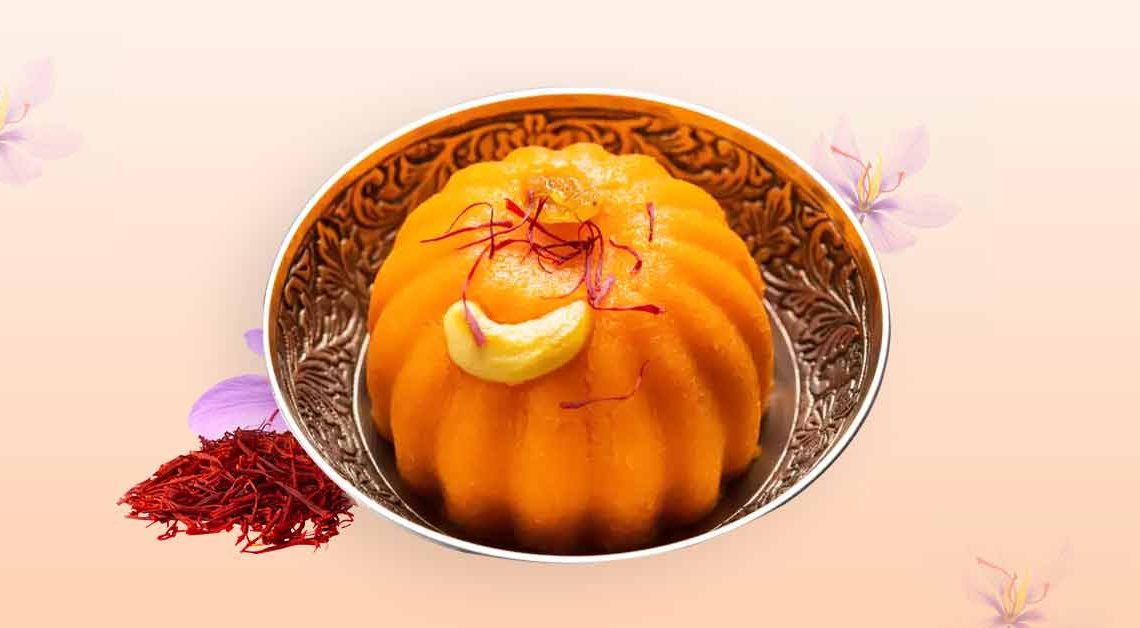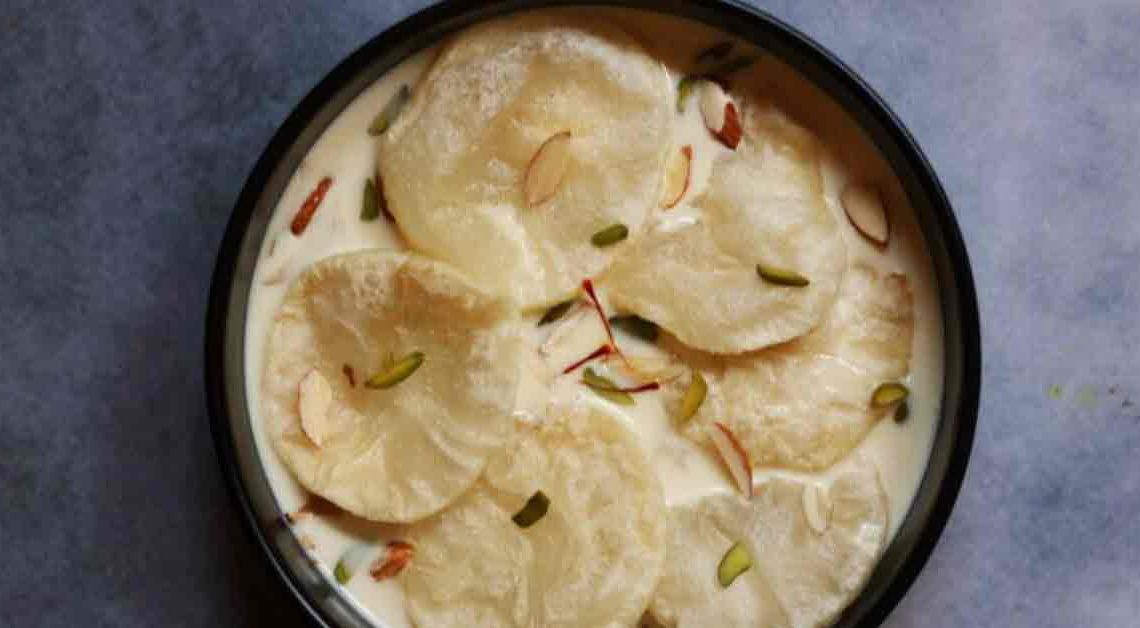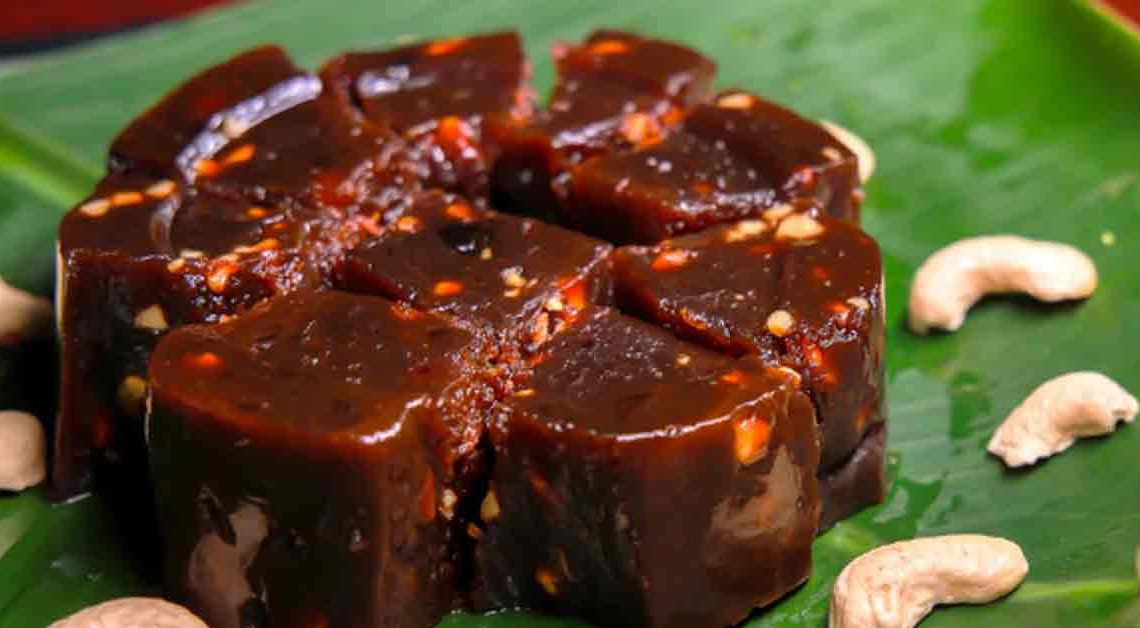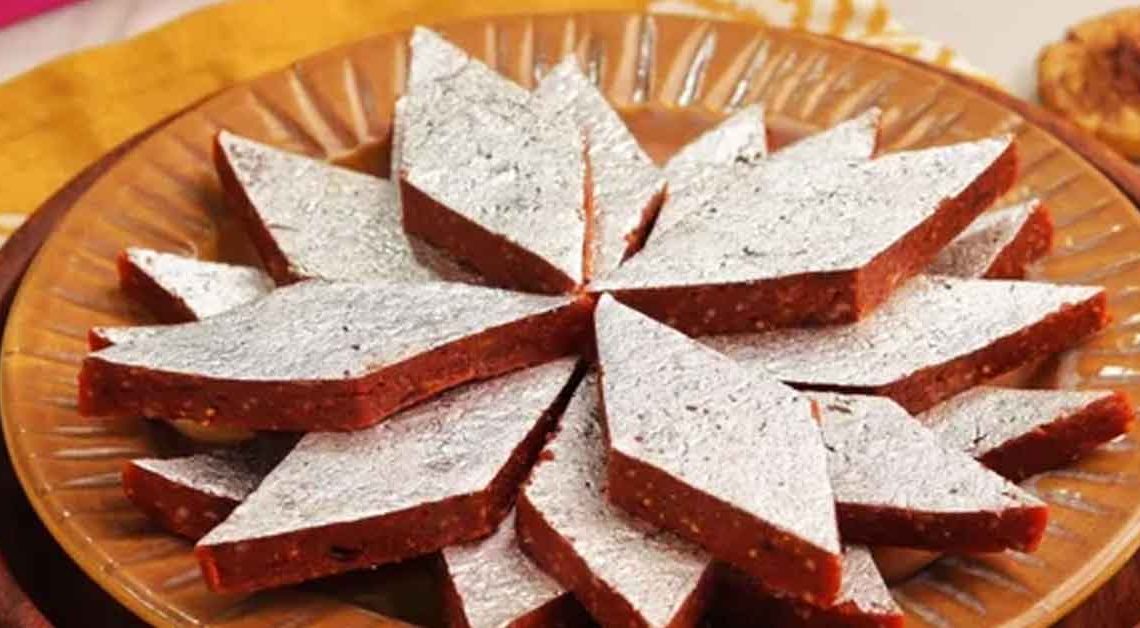Sweet Start Of The Day With Kesari Bath

Welcome to the aromatic world of Kesari Bath, where the harmonious blend of saffron, ghee, and semolina transports you to a realm of heavenly indulgence. Join me on a tantalizing journey through the rich culinary heritage of South India, as we delve deep into the vibrant flavors and cultural significance of this traditional delicacy.
Picture a sun-kissed morning in the bustling streets of Bangalore, where the tantalizing aroma of Kesari Bath wafts through the air, drawing food enthusiasts from far and wide. As the golden-hued semolina dessert sizzles on the stove, it releases an enchanting fragrance that beckons curious taste buds. Its velvety texture, coupled with the crunch of cashews and aromatic cardamom, creates a symphony of flavors that dance on the palate.
So, come along and let’s embark on a mouthwatering expedition, where traditions blend with innovation, and the humble Kesari Bath takes center stage. Get ready to awaken your taste buds and discover the enchanting world of this beloved dessert. Are you ready to savor the flavors of it like never before? Let’s dive in!
Origin Of Kesari Bath
The origins of Kesari Bath can be traced back to the rich culinary traditions of Karnataka, a state in South India. This delectable dish has deep cultural and historical significance, making it an integral part of festivals, special occasions, and everyday meals.
The name “Kesari Bath” is derived from the word “kesar,” which means saffron in several Indian languages. Saffron, with its vibrant hue and distinct aroma, is a key ingredient in this dessert and gives it its characteristic golden color.
According to popular belief, it originated in the royal kitchens of the Mysore Palace, the seat of the Wodeyar dynasty in Karnataka. It was said to be a favorite dish of the royal family and was prepared using premium ingredients like saffron, ghee (clarified butter), and cashews. Over time, this regal delicacy trickled down to the common households, becoming an integral part of Karnataka’s culinary heritage.
History Of Kesari Bath
The history of Kesari Bath can be traced back to ancient times, rooted in the culinary traditions of South India. While precise historical documentation is scarce, the dish has evolved over the centuries, influenced by various cultural and regional factors.
One theory suggests that it finds its origins in the ancient city of Vijayanagara, which was the capital of the Vijayanagara Empire in the 14th to 16th centuries. The rulers of this empire were patrons of art, literature, and cuisine, and it is believed that was one of the delicacies prepared in the royal kitchens during their reign. The opulent use of saffron in the dish may have reflected the regal nature of the empire.
Another belief is that its roots are in the Middle Eastern dessert called Halva. Halva, a sweet semolina-based dessert, made its way to India through trade routes, and over time, it underwent regional adaptations, giving rise to sweets in South India.
Over the years, it has become an integral part of South Indian cuisine, with each region and household adding its unique touch to the recipe. Variations include using different proportions of ingredients, adding fruits like pineapple or banana, or incorporating flavors like rose water or saffron-infused milk.
Cultural Significance Of Kesari Bath
Kesari Bath holds a deep cultural significance in the culinary landscape of South India. Beyond its delectable flavors, this traditional dessert is associated with various cultural and social aspects, making it an integral part of festivals, rituals, and everyday life.
Auspicious Occasions: It is often prepared and served during religious ceremonies, weddings, and other auspicious events. It is considered a sacred offering to deities and is distributed as prasad (blessed food) among devotees.
Festivals: The preparation and consumption are deeply intertwined with festive celebrations. It is a popular dish during festivals like Ugadi, Navaratri, Diwali, and Pongal.
Culinary Traditions: This showcases the rich culinary heritage of South India. It reflects the traditional cooking techniques, ingredients, and flavors passed down through generations.
Where Is Kesari Bath Famous?
Kesari Bath is famous primarily in the southern states of India, particularly Karnataka, Tamil Nadu, and Kerala. These regions have a strong cultural affinity for this delectable dessert and incorporate it into their culinary traditions. However, popularity extends beyond these states, and it can be found in various parts of India, as well as in Indian communities worldwide.
In Karnataka: It is highly cherished in Karnataka, where it originated. It is a popular dish in the state’s capital, Bengaluru, and is commonly served in households, restaurants, and sweet shops across the region.
In Tamil Nadu: It is known as Rava Kesari in Tamil Nadu. It is a beloved dessert in the state, particularly in cities like Chennai, Madurai, and Coimbatore. Rava Kesari is a staple at festive gatherings, weddings, and temples. It is also a regular feature in the prasadam (blessed food) distributed at temples across Tamil Nadu.
In Kerala: In Kerala, it is known as Sheera or Semolina Halwa. It is a popular sweet dish enjoyed during festivals, weddings, and religious ceremonies. Sheera has its own regional variations, with some recipes incorporating coconut milk or banana for added flavor. It is commonly found in the traditional Kerala feasts known as sadhyas.
Interesting Facts And Trivia
Certainly! Here are some interesting facts and trivia related to Kesari Bath:
- It gets its distinctive golden color from the generous use of saffron. Saffron strands are soaked in warm milk or water and added to the dessert, imparting both color and a unique aroma.
- It is primarily made with semolina, also known as rava or sooji. Semolina is derived from durum wheat and is a versatile ingredient used in various sweet and savory dishes across different cuisines.
- It is said to have originated in the royal kitchens of the Mysore Palace in Karnataka. It was a favored delicacy of the royal family and was prepared using high-quality ingredients like saffron, ghee, and cashews.
- While it is popularly associated with Karnataka, it has regional variations in South India. In Tamil Nadu, it is called Rava Kesari, and in Kerala, it is known as Sheera or Semolina Halwa. These variations may have subtle differences in preparation techniques, choice of ingredients, or flavor profiles.
- It holds a special place in festive celebrations across South India. It is commonly prepared and served during festivals like Ugadi, Navaratri, Diwali, and Pongal.
Did You Know?
Did you know? Consuming Kesari Bath not only satisfies your sweet tooth but also offers potential health benefits:
- It is made with semolina, which is a good source of carbohydrates. These provide a quick and sustained release of energy, making it an ideal treat to fuel your day.
- Semolina used in it contains dietary fiber, which aids digestion and promotes a healthy digestive system. It can help prevent constipation and promote regular bowel movements.
- It is often prepared with ghee, which adds a rich and creamy texture to the dish. Ghee is a good source of healthy fats and vitamins, such as vitamin A, E, and K. These nutrients support various bodily functions, including immune health and cell regeneration.
- Saffron, a key ingredient in it, is known to have mood-enhancing properties. It may help reduce symptoms of depression, anxiety, and stress.
- Saffron used in sweets is rich in antioxidants that help fight free radicals and protect the body against oxidative stress. Antioxidants contribute to overall health and may have anti-inflammatory effects.







